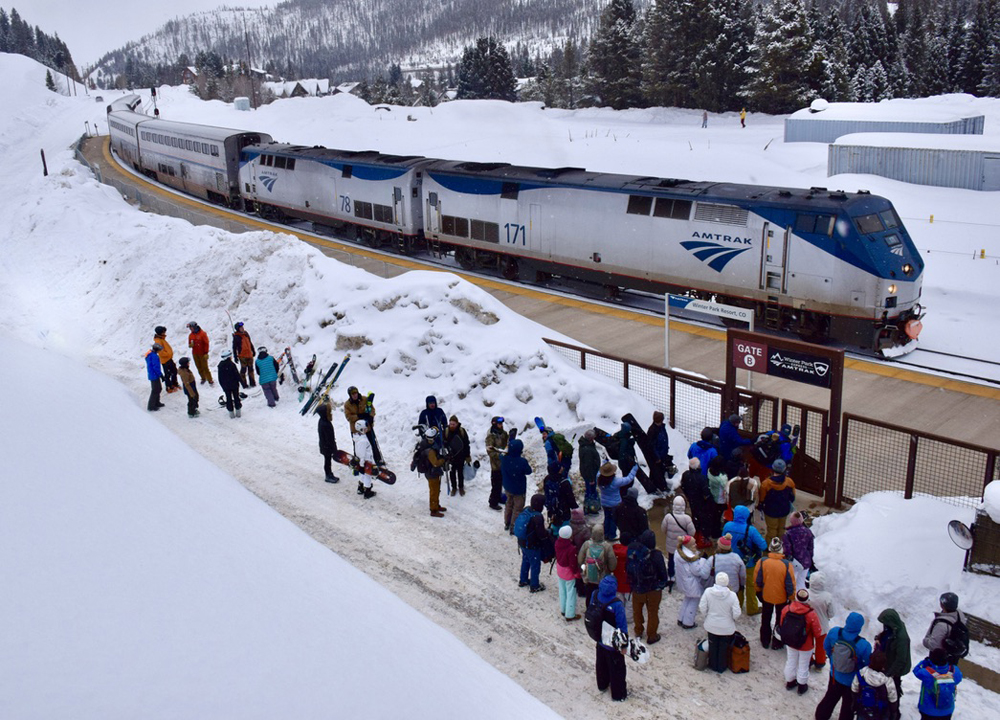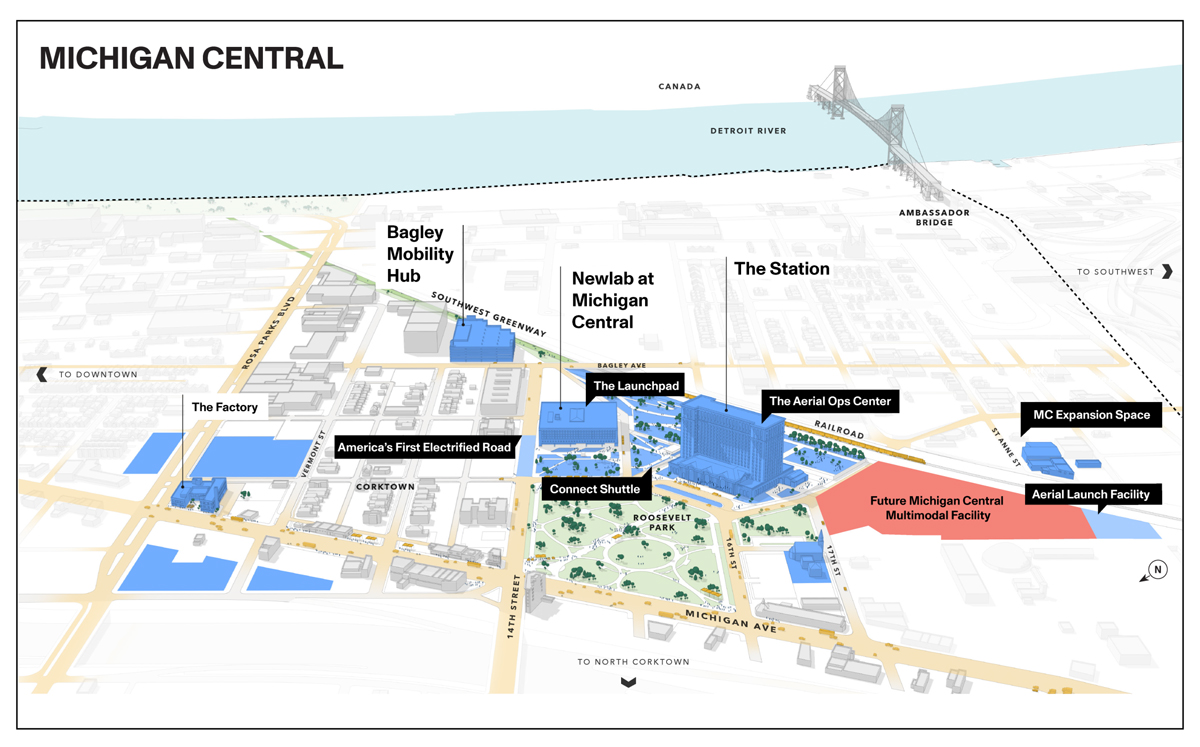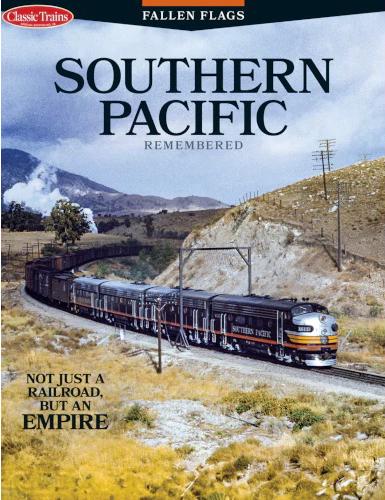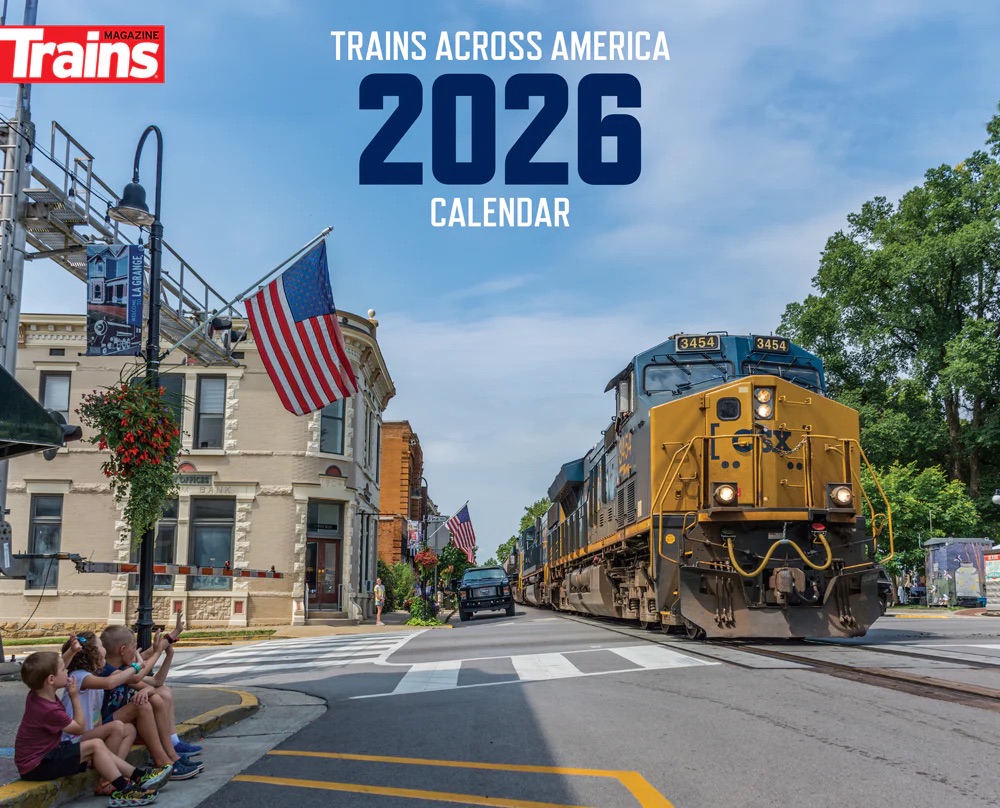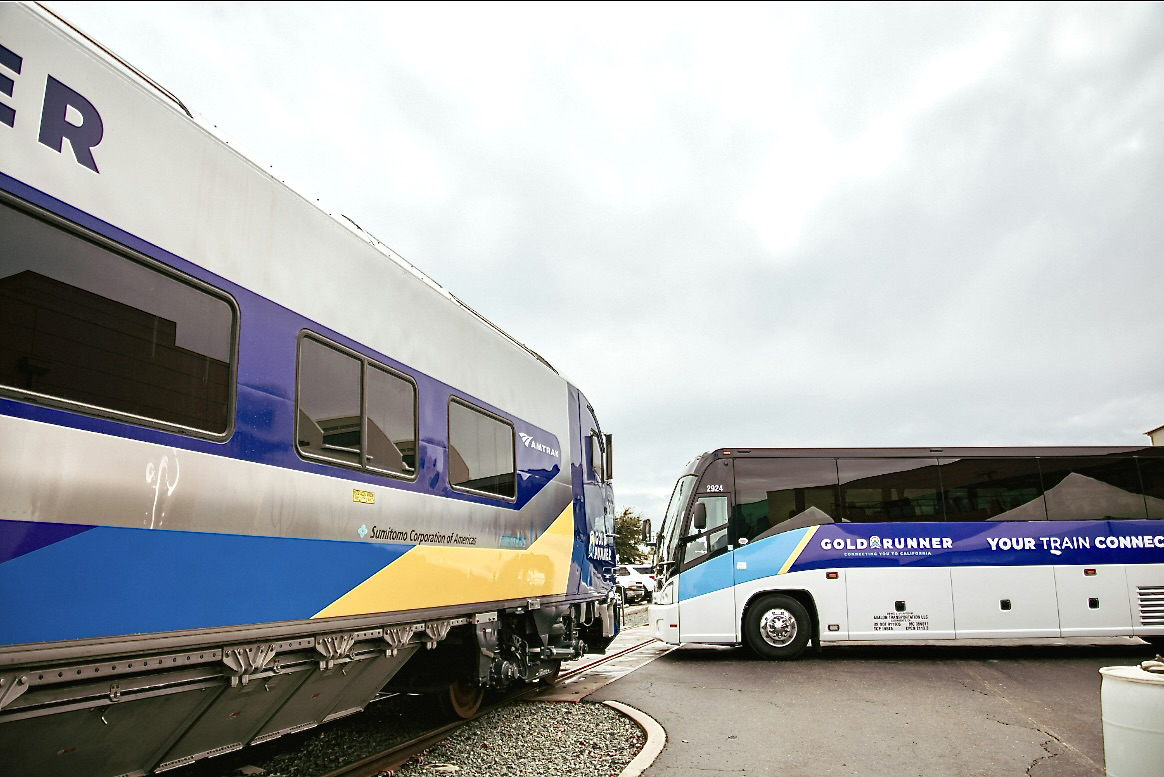
STOCKTON, Calif. — The transportation menu of trains and buses running between the San Francisco Bay Area and Southern California via the state’s Central Valley didn’t change following a Nov. 14 ribbon-cutting ceremony for what is now known as Gold Runner service. But that event at the Altamont Corridor Express maintenance facility in Stockton, marking the rebranding of the former San Joaquins, is designed to set the table for “a more modern, locally driven vision for rail and bus travel in California.”
That’s part of an update by David Lipari, the San Joaquin Joint Powers Authority’s interim director, who shared additional context about the transformation with Trains.com.
As previously reported, Herzog subsidiary Transit America has added Capitol Corridor and San Joaquin equipment maintenance to its similar responsibility for the Stockton-based Altamont Corridor Express commuter operations [see “Maintenance responsibilities shift …,” Trains.com, Sept. 29, 2025]. The two Amtrak intercity corridors have always pooled bus connections, locomotives, and bilevel California Cars, though Venture rolling stock acquired by Caltrans is specifically for the Oakland-Bakersfield trains.
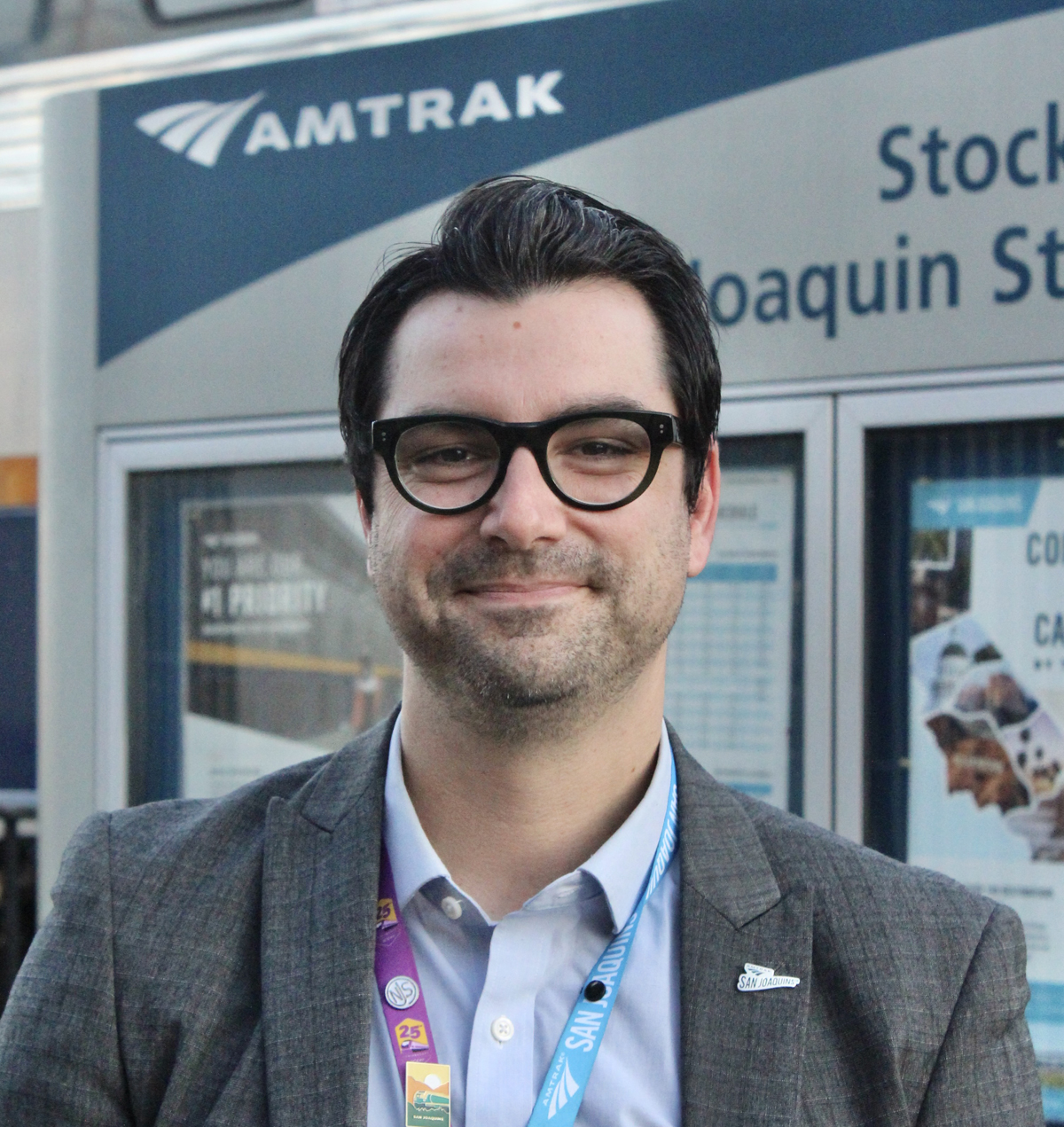
Lipari told Trains last January that pending necessary infrastructure upgrades and host railroad agreements, the plan is to strengthen intercity rail’s presence with additional service up to Sacramento and down to Modesto via Union Pacific trackage. This would create a new regional service grid that can’t reasonably be pigeonholed under existing ACE or San Joaquin monikers.
“The new brand better communicates the full scope of the network, including its extensive Thruway Bus connections, and emphasizes regional identity, improved accessibility, and an enhanced passenger experience,” Lipari says.
“While the name and presentation are changing, the partnership with Amtrak, and the core service passengers rely on, remain the same,” he adds.
More immediate service improvements include:
— Reintroducing a second Bakersfield-Sacramento round-trip this winter, making seven round-trips running south of Stockton. “We have an approved schedule with the railroads and are now aligning staffing and equipment resources,” Lipari says.
— Rethinking food delivery. Amtrak-staffed café cars once provided full meal service when California Cars were introduced on the route in the mid 1990s. These still operate as bilevel cafes on Capitol Corridor trains. However, they are unstaffed when operated as Gold Runners, with only complimentary snacks provided, as described on the corridor’s website.
Meanwhile, Venture trainsets now utilize what were designed to be vending cars. Lipari explains, “Our goal is to introduce vending machines for testing in early 2026. The primary challenges have been related to planning and designing a food and beverage delivery service that is not widely used in the United States. This has meant that we are working closely with the machine vendor to prepare their machines for use in a [Federal Railroad Administration-approved] environment, and with Siemens, to ensure appropriate attachment strategies are in place. Both of these parallel processes are moving forward.”
— Solving “loss-of-shunt” issues afflicting Venture cab cars. The Venture cabs, whose body design and weight are similar to those in VIA Rail Canada’s Venture fleet, “are in service but not in the lead position until the longstanding shunting challenge is overcome,” says Lipari. “We are actively working with the host railroads, Amtrak, and Caltrans to expedite a [shunt enhancing] solution which would allow us to reduce consist size where needed and allow the Venture cabs to operate in the lead position.”
Lipari’s statement mirrors similar responses to Trains inquiries to operators and state agencies elsewhere about an installation timeline and funding for antennas to address the shunt problem; the cost of those shunt-enhancing antennas and who will pay for them remains elusive. The FRA has grant money available, but terms for its distribution are unclear [see “Illinois touts funding…,” Trains.com, Oct 17, 2025]. Until those issues are resolved, expect to see former F40 locomotives operating as non-powered control units leading or trailing Gold Runner Venture trainsets.
— To report news or errors, contact trainsnewswire@firecrown.com.







